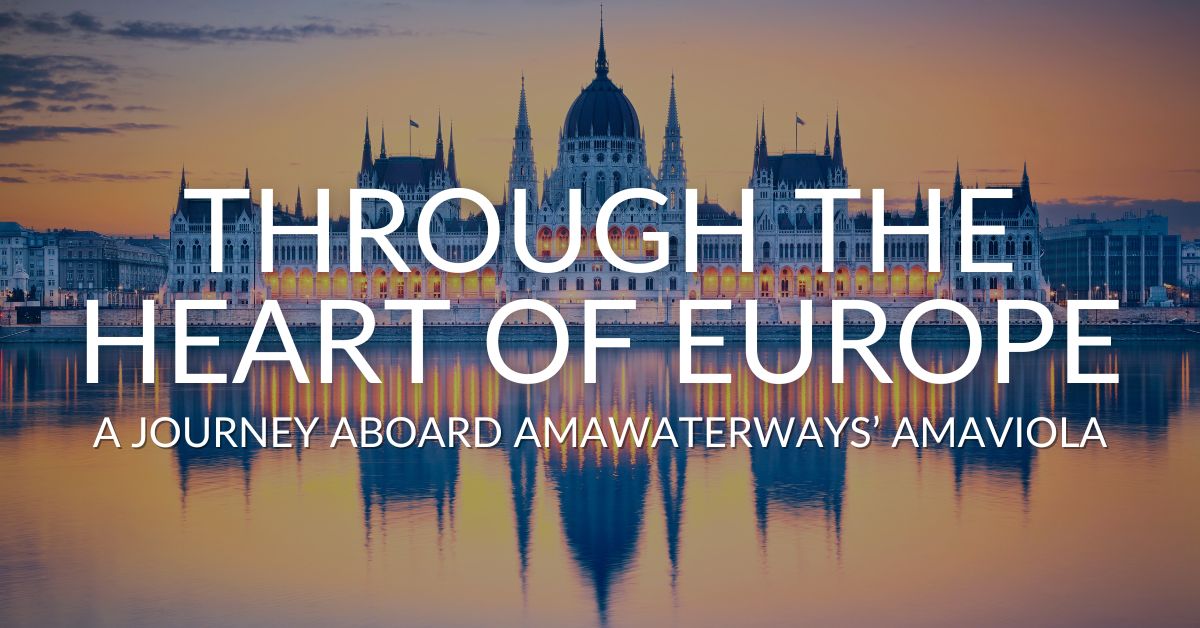(All images shown below are the property of Laura Adams and Telamon Travel.)
There are few travel experiences as effortlessly immersive as a river cruise—especially when the waterway in question is the Danube. Flowing through the heart of Europe, the Danube offers a ribbon of culture, history, and stunning landscapes that’s best explored slowly, deliberately, and with a sense of wonder.
I recently sailed aboard the AmaViola with AmaWaterways, a journey that not only met my expectations but far exceeded them. Over the course of a week, we drifted through three countries, stepping into fairytale towns, Baroque masterpieces, and imperial capitals—all without ever unpacking more than once.
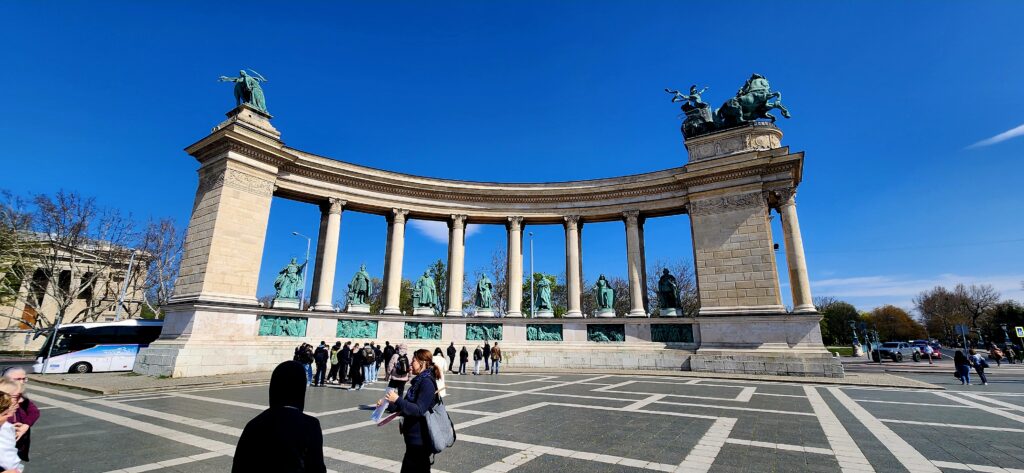

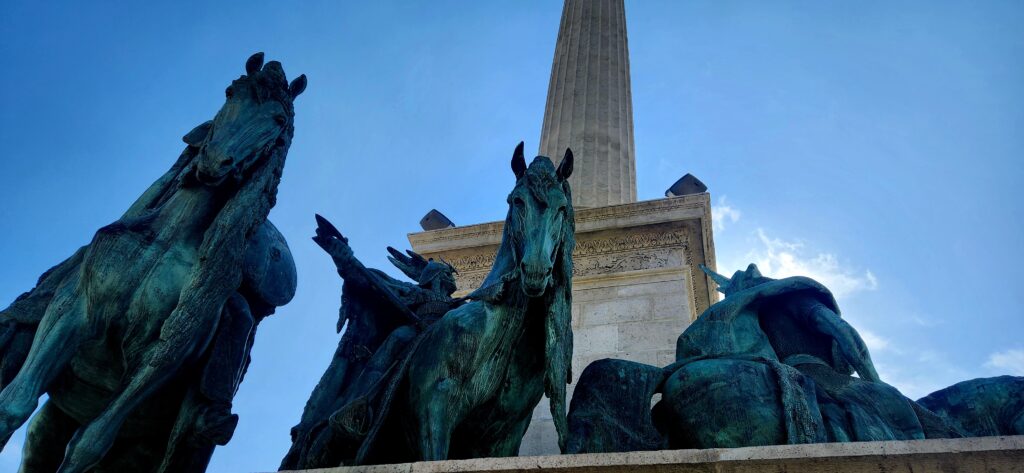
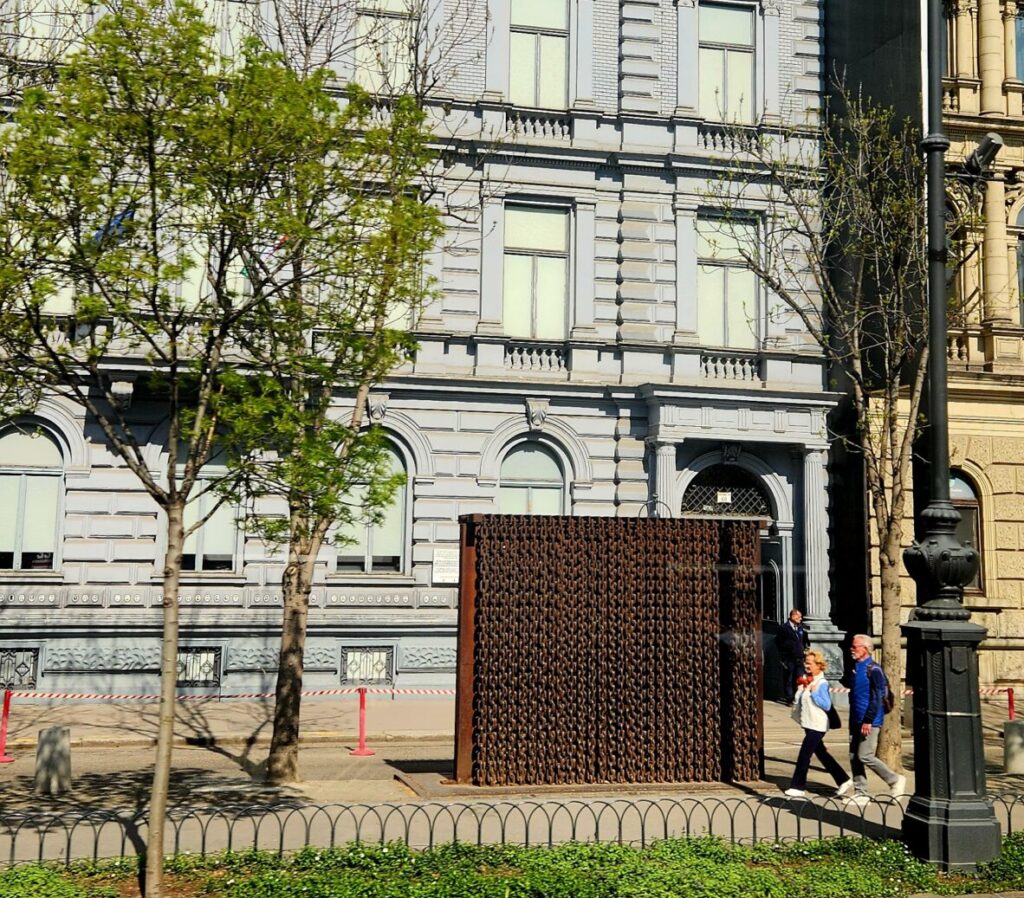
Budapest: A Grand Beginning and an Elegant Farewell
Our journey began—and ended—in Budapest, Hungary, a city that unfolds like a living museum. As we set sail aboard the AmaViola, we passed by the iconic Parliament building, its grand Gothic Revival architecture standing proudly along the banks of the Danube—an enduring symbol of Hungary’s national identity and history.
Seven days later, we returned to Budapest for a full city tour that included stops at many of the city’s most iconic landmarks, including Heroes’ Square, where statues of Hungary’s great leaders stand guard over the historic Millennium Monument. The tour concluded with a private folk performance aboard the ship. The music, dance, and warmth of Hungarian hospitality offered a perfect bookend to our time on the water.
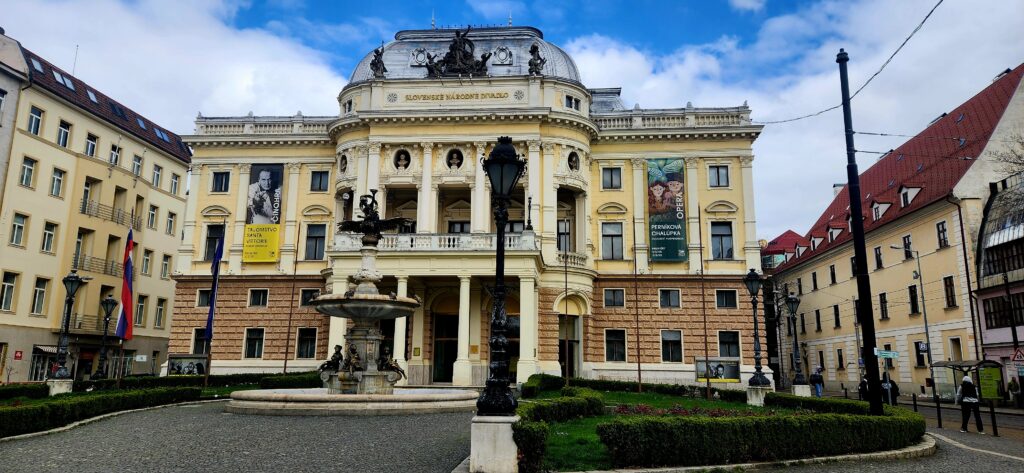
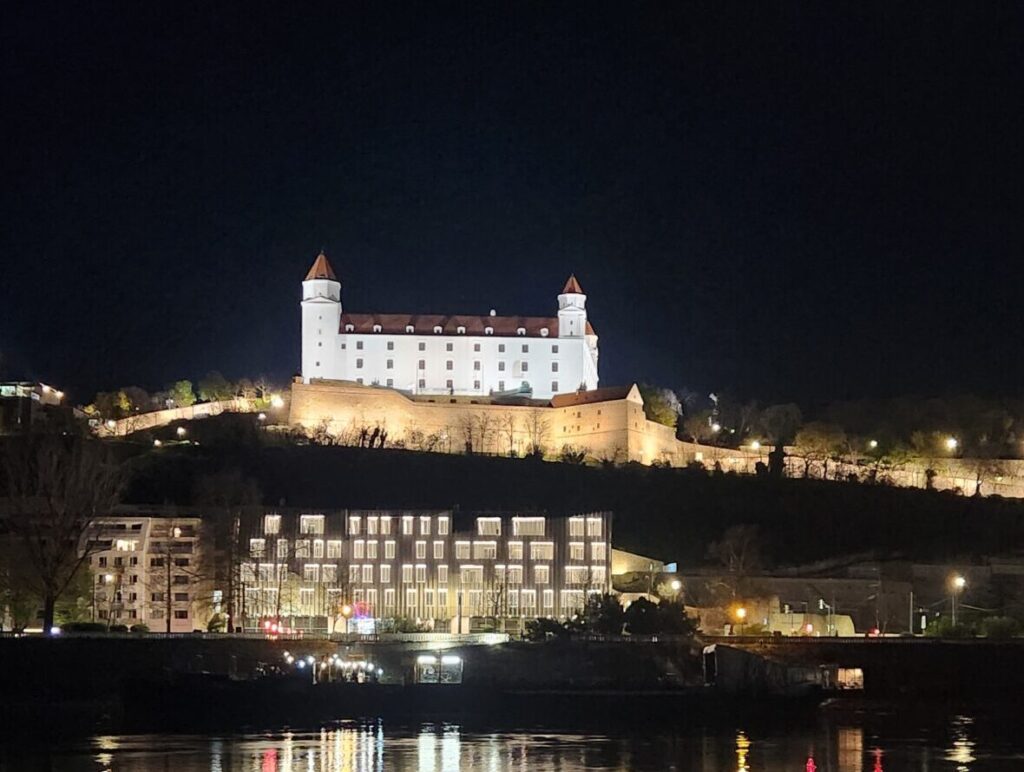

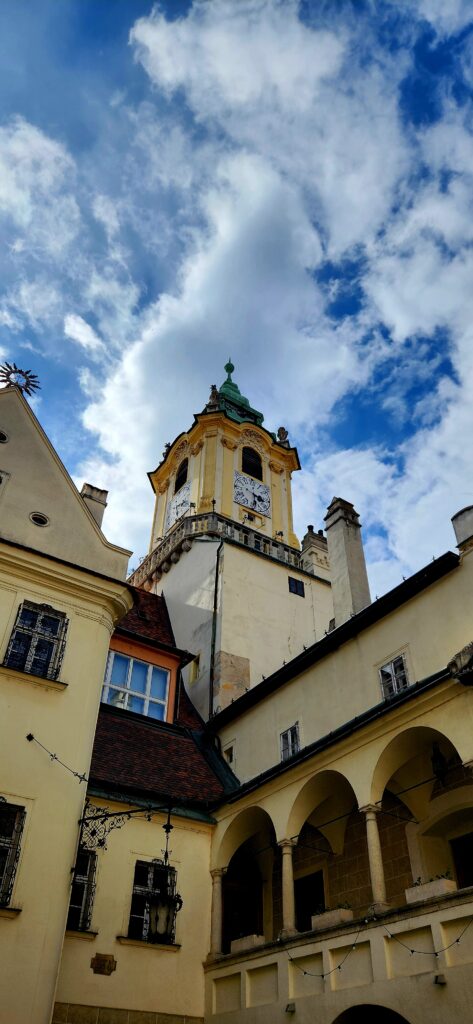
Bratislava: Compact, Colorful, and Steeped in Story
In Bratislava, Slovakia, the pace shifted to a slower rhythm as we wandered through cobbled lanes lined with pastel facades and crowned by a hilltop castle. The city’s Old Town radiated charm and intimacy—a lovely contrast to the grand boulevards of Budapest. One of the more unexpected delights? Stumbling upon the whimsical Čumil sculpture—a bronze figure playfully peeking out of a manhole cover, smiling up at passersby. He’s become a local legend and a must-snap photo spot.
As we departed Bratislava, the real magic began—not at a destination, but between them.




The Wachau Valley: Austria’s Riverfront Gem
Sailing through the Wachau Valley was like watching a living watercolor unfold. Vineyards crept up terraced hillsides, castle ruins emerged from forested ridges, and steeples of riverside villages peeked out from morning mist. This UNESCO-listed stretch between Bratislava and Melk is one of Europe’s most scenic passages, and viewing it from the ship’s sun deck, wrapped in a blanket and sipping local Grüner Veltliner, was an experience unto itself.
The region is world-renowned for its crisp, mineral-driven white wines, particularly Grüner Veltliner and Riesling, which pair beautifully with the area’s fresh cuisine and serene atmosphere. Tasting these wines in their birthplace—while gliding past the very vineyards they came from—made each sip all the more special.
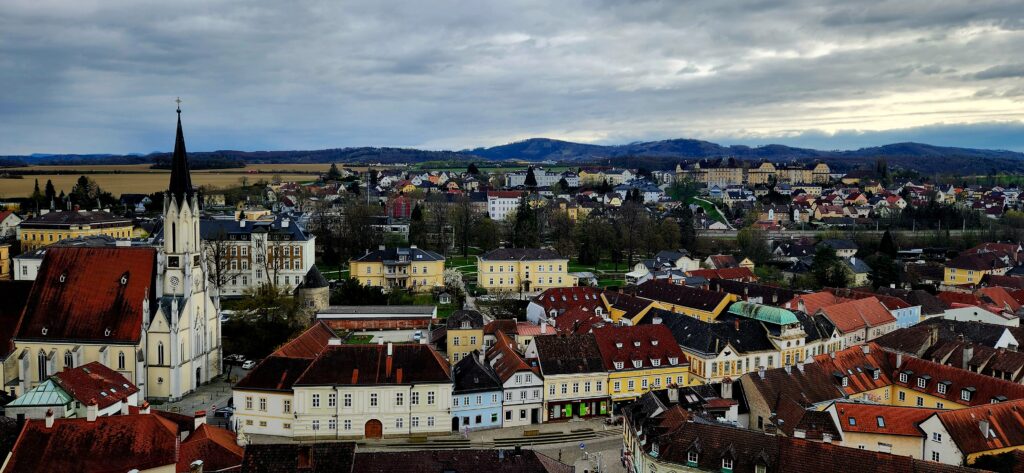

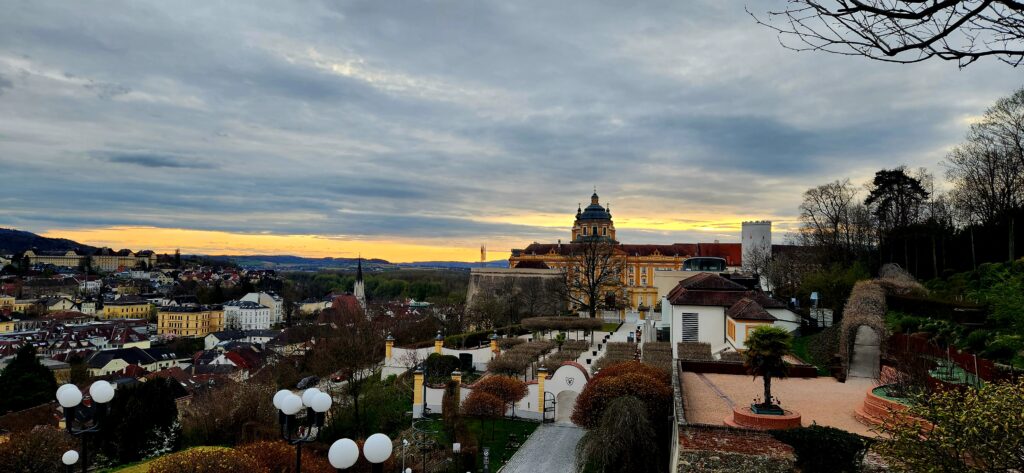
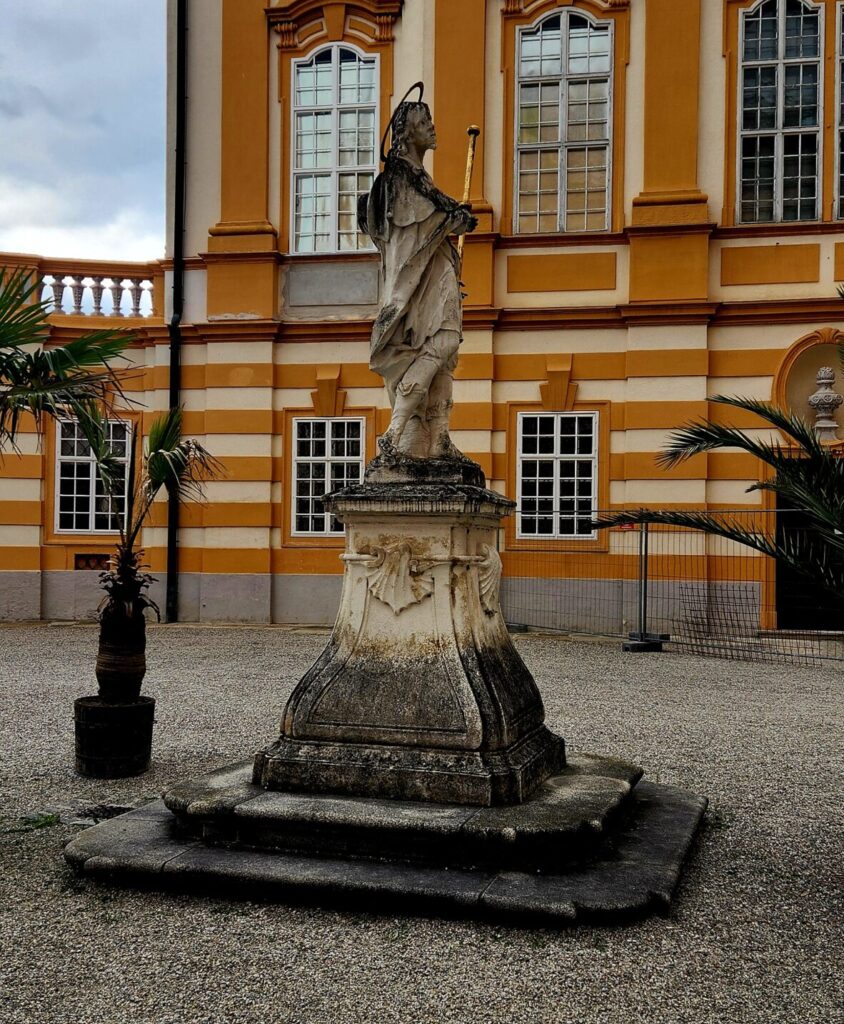
Melk: Baroque Splendor and a Bit of Magic
Perched high above the Danube, the Melk Abbey dazzled with its gilded chapel, grand staircase, and panoramic views. Founded in the 11th century, the abbey has been a beacon of Benedictine learning and spiritual life for over 900 years. Its library, filled with ancient manuscripts, hidden staircases, and frescoed ceilings, is a true highlight—an architectural and intellectual treasure.
But what truly stole the show was what followed—a private folk performance held just for us. As the final notes of Edelweiss filled the room, the entire audience joined in, voices rising together in a chorus that felt spontaneous, joyful, and deeply connected.
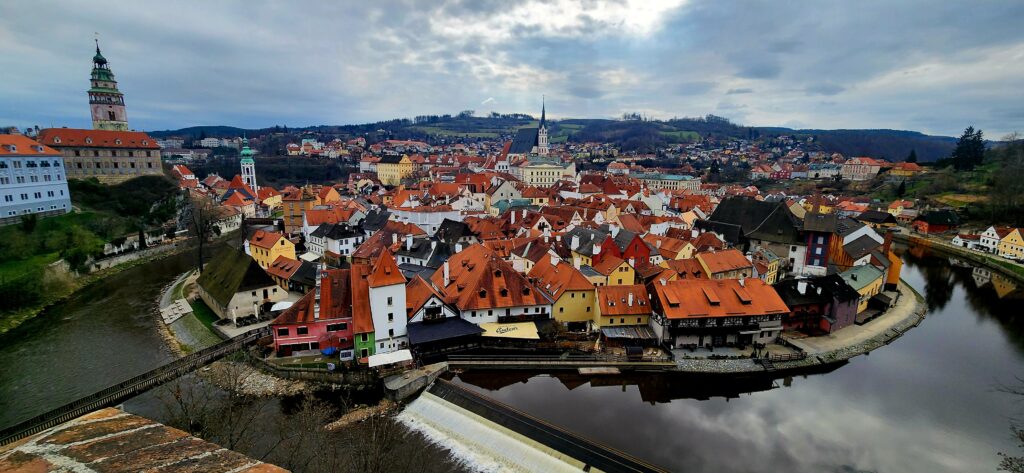
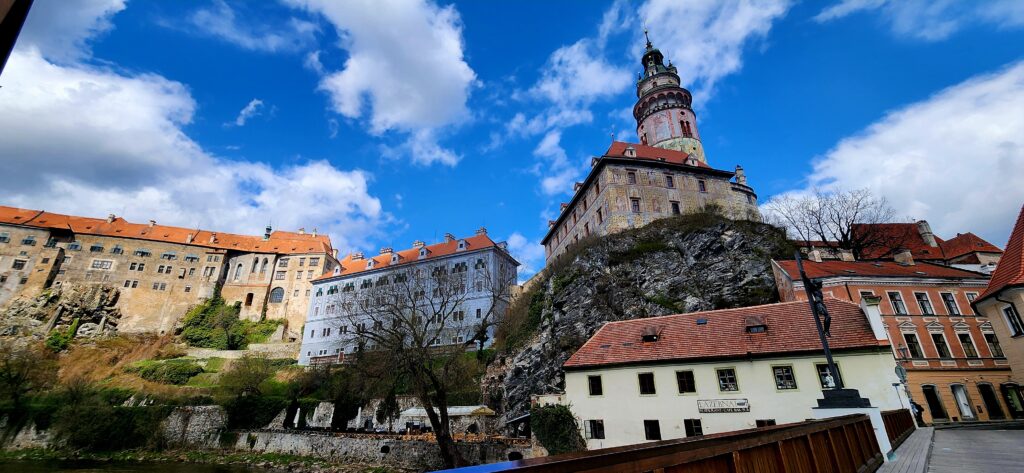

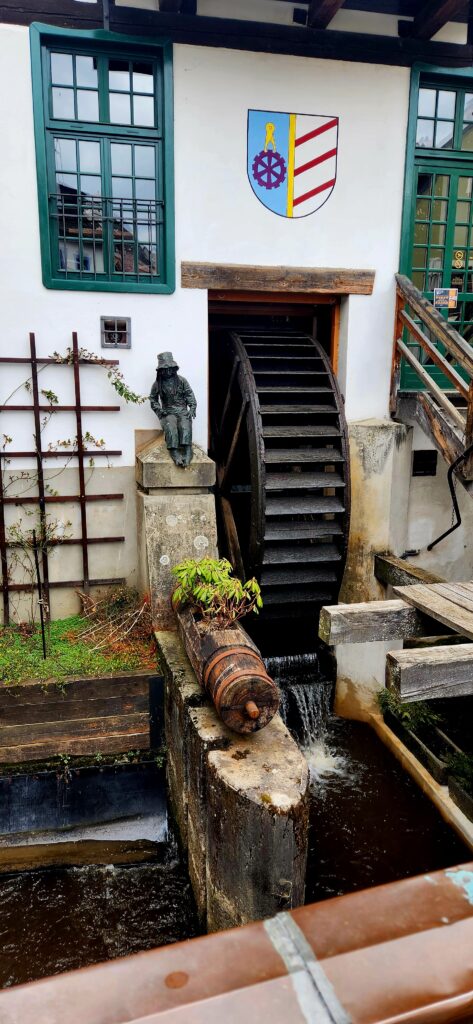
Český Krumlov: A Hidden Jewel in the Czech Republic
Docking in Linz, I chose an all-day excursion to Český Krumlov—and found myself utterly enchanted. With its twisting alleyways, 13th-century castle, and red-tiled rooftops, the town exuded timeless romance. It felt untouched by time, a place where the modern world respectfully steps aside. The Vltava River curves gracefully through the town, mirroring the flow of its medieval streets and stone bridges. Artists, musicians, and craftspeople fill its tucked-away courtyards, adding a bohemian spirit to the town’s Old World charm.
And in a whimsical twist of history, the castle’s dry moat is still home to live bears, a tradition dating back centuries. It’s the kind of place you never quite stop thinking about long after you’ve left.


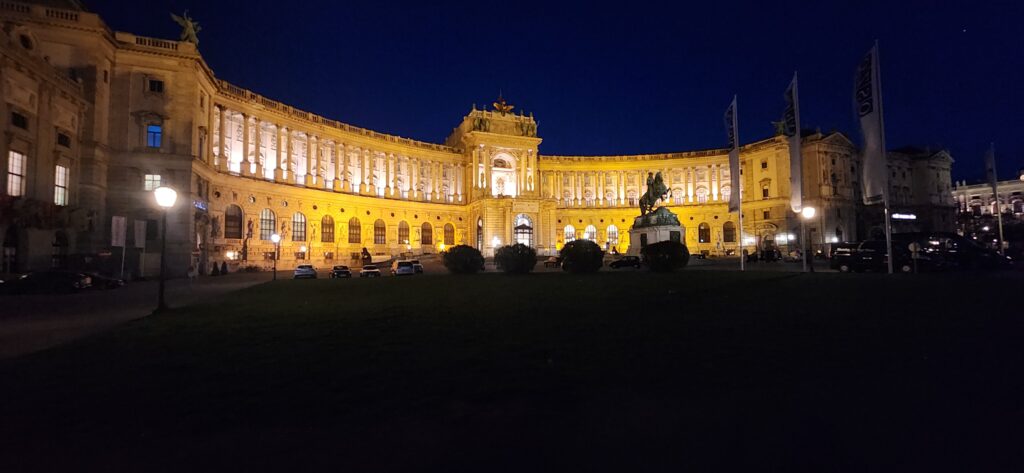
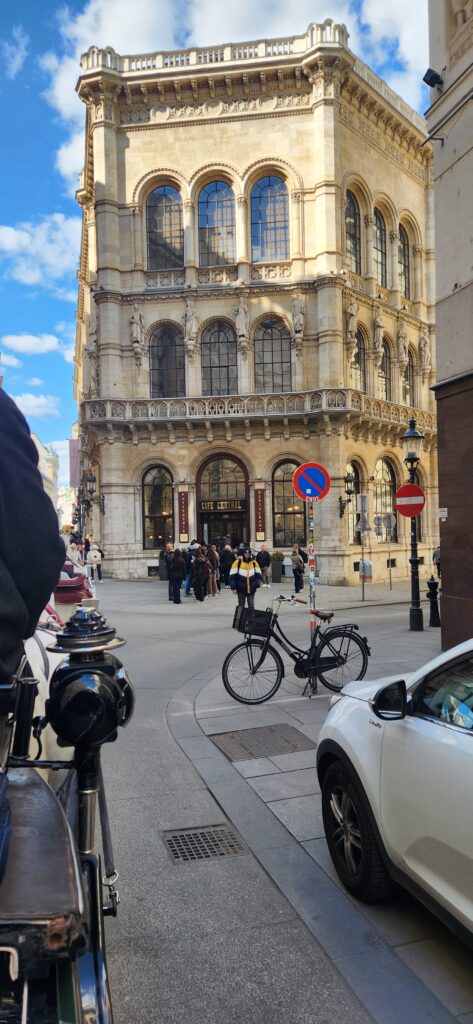
Vienna: Where Art and Empire Converge
Few cities match the grandeur of Vienna, and we experienced it in its full regalia. Our day began with a peaceful walk through the Volksgarten, where carefully tended rose gardens and classical statues offered a serene start to the morning. We continued our city tour, taking in poignant landmarks like the Holocaust Memorial in Judenplatz—a quiet, powerful tribute honoring the lives lost during one of history’s darkest chapters.
After exploring the lively Easter Market, we were escorted to an exclusive classical concert held in the Habsburgs’ Private Chapel—a breathtaking, historically charged venue tucked inside the Imperial Palace. Sitting where royalty once worshipped and listening to the music of Mozart was nothing short of sublime.
Refined Luxury on the River
Throughout the voyage, AmaWaterways provided the kind of luxury that feels personal rather than performative. The AmaViola is an elegant vessel with a relaxed onboard atmosphere, world-class cuisine, and a crew that seemed to anticipate every need.
Each day brought something new—a new city, a new perspective, a new story—yet the transitions were seamless. It’s the kind of travel that nourishes rather than depletes, blending adventure with ease.
For those seeking cultural immersion without sacrificing comfort, and who long to experience Europe in a slower, more meaningful way, a Danube river cruise with AmaWaterways may be just the ticket. As I discovered, it’s not simply a journey from point A to point B—it’s a journey into the soul of Europe itself.
